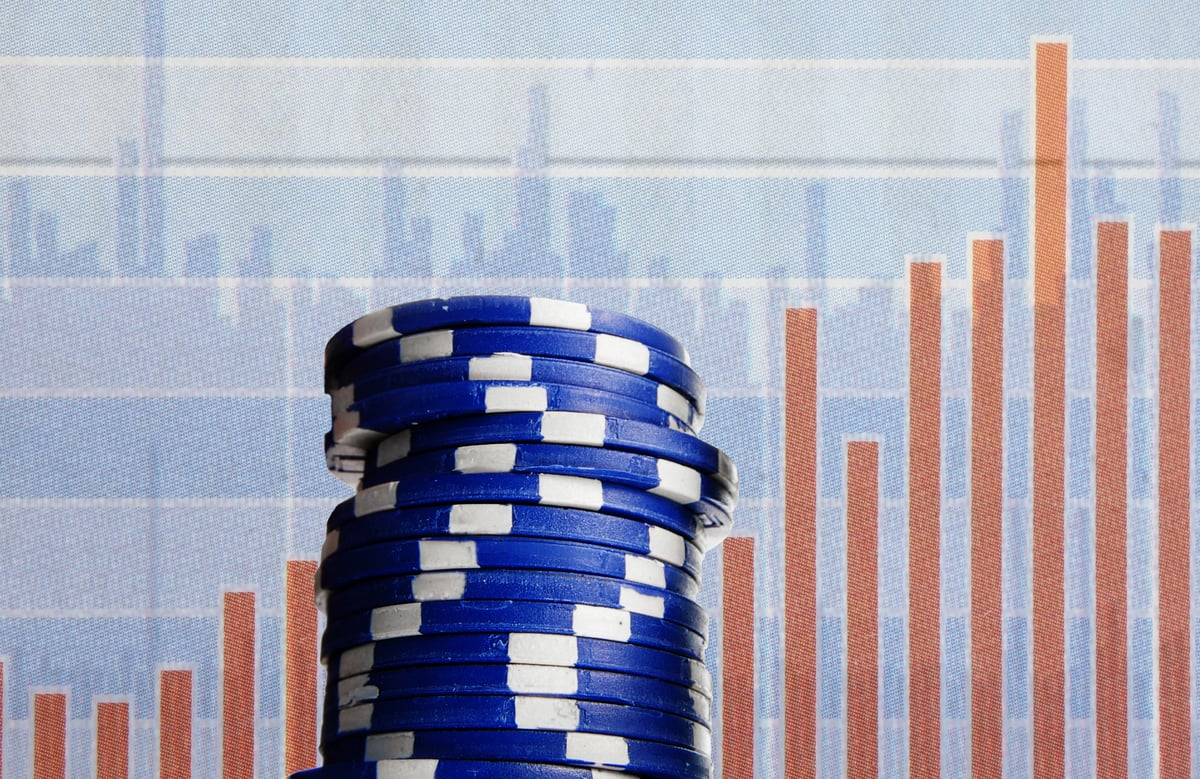People all over the world still want their Big Macs, Chicken McNuggets, and of course, their McDonald's (MCD +0.80%) french fries -- but more and more of them would prefer not to have to go all the way to a McDonald's to get them. And the fast-food giant is obliging them, with an ongoing expansion of its delivery footprint that now includes more than 15,000 of its 37,000 locations.
CEO Steve Easterbook says that's only the beginning, and he laid out aggressive plans to continue that expansion during the chain's third-quarter earnings call. He also explained why he feels McDonald's has an edge in delivery over its rivals.
"We have a massive global footprint, which provides a distinct advantage by placing us closer to more customers than any of our competitors," he said. "We are focused on expanding coverage, growing demand, and innovating to increase efficiency and provide better service to our customers."

McDonald's continues to add delivery to more of its stores. Image source: McDonald's.
What's next for McDelivery?
In some major markets, among them the U.K., Australia and France, delivery now accounts for as much as 10% of sales at the locations that offer it, Easterbrook noted. The chain will bring the service to thousands of additional locations by the end of the year, when it forecasts the U.S. numbers will be around 9,000 out of a total of roughly 14,000 sites.
"We're working to encourage existing delivery customers to order more regularly as we also strive to raise awareness that McDonald's offers this convenient option," said Easterbrook.
Beyond that, the CEO said that innovation remains a priority. He noted that the delivery market is evolving rapidly, and said that McDonald's will continue to tweak its offerings.
"We are seeing improved speed and accuracy after completing an initiative early this year to integrate delivery orders into our point-of-sale systems in many of our restaurants," he said. "We are exploring additional innovation opportunities ranging from integrating delivery ordering through our mobile app, to new packaging that will protect the quality of our food, to new approaches that improve efficiency at our restaurants with the highest delivery volumes."
It's about convenience
This is all part of a broader effort to make the McDonald's experience as frictionless as possible. The new automated ordering kiosks, the improvements to its mobile app, the introduction of curbside pickup, and even upgrades to the drive-thru -- all are part what the company calls its "Experience of the Future," a vision for which Easterbrook has been an enthusiastic cheerleader. And the moves are having an impact, he noted: The pace of U.S. downloads for the chain's app doubled in Q3.
"As this base of active users grows and the rate of mobile order and pay adoption increases, we are providing our guests greater convenience on their terms while gaining deeper insights on their purchasing behavior," he said. "All of this is helping us create a foundational base of information upon which we will build programs to deepen our customer relationships."
The goal is clearly to remove as many pain points as possible for customers, even around things that people not long ago wouldn't even have recognized as pain points. So now, people can get their Quarter Pounders where and when they want them, without talking to another human being, nor even having to open their wallets -- if that's their preference.
These are clearly changes that consumers have embraced in the quick-serve restaurant space, and McDonald's remains among the leaders in the innovation and implementation race. Expect that leadership, just as much as the addictive quality of its fries, to help drive sales growth in the long term.






